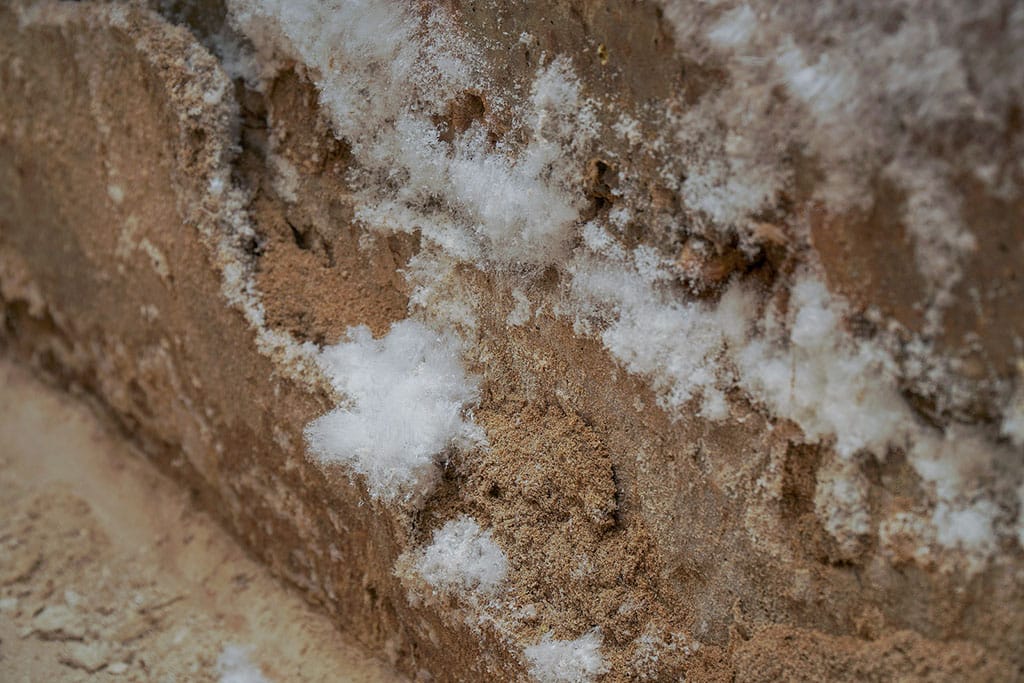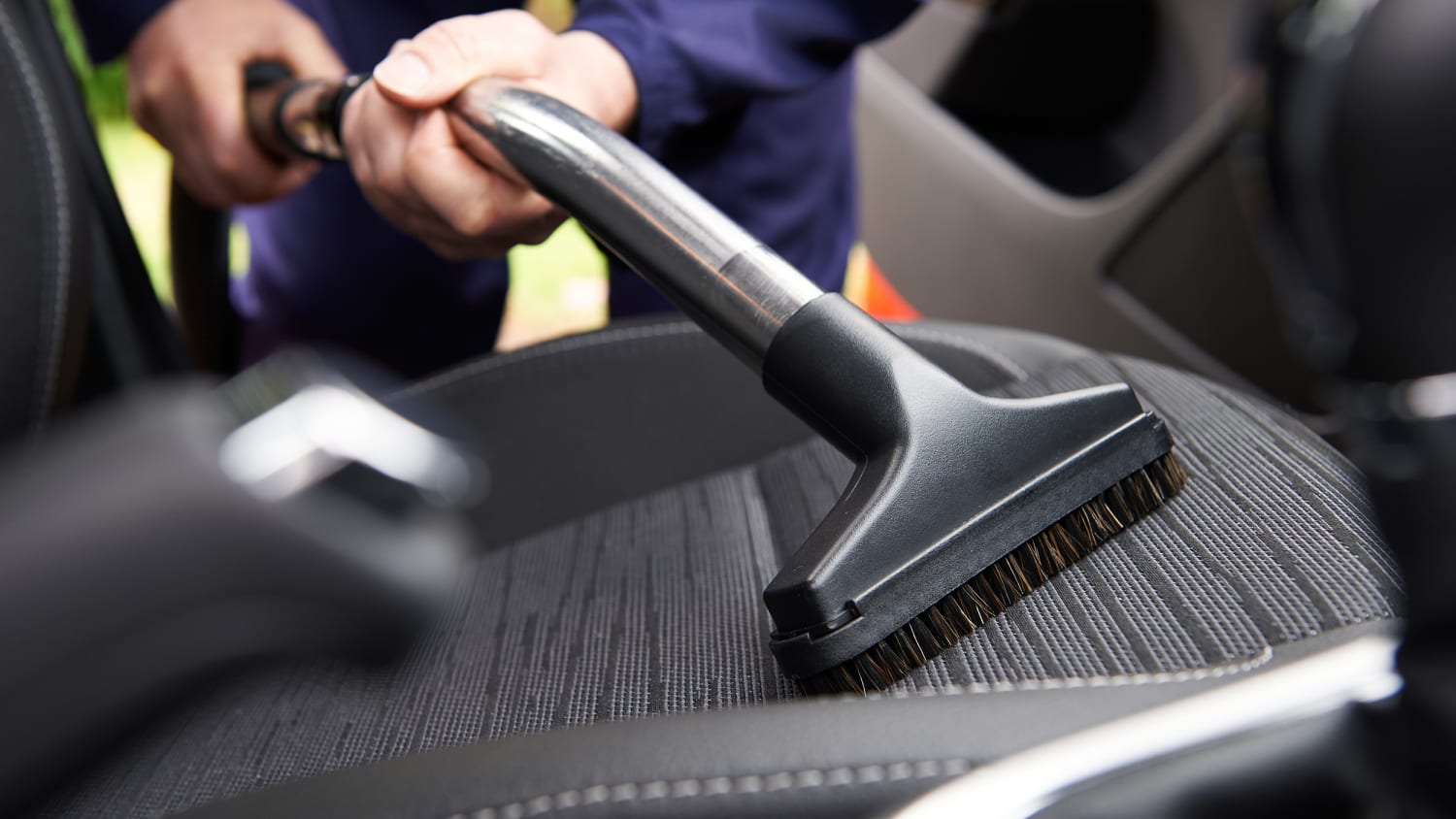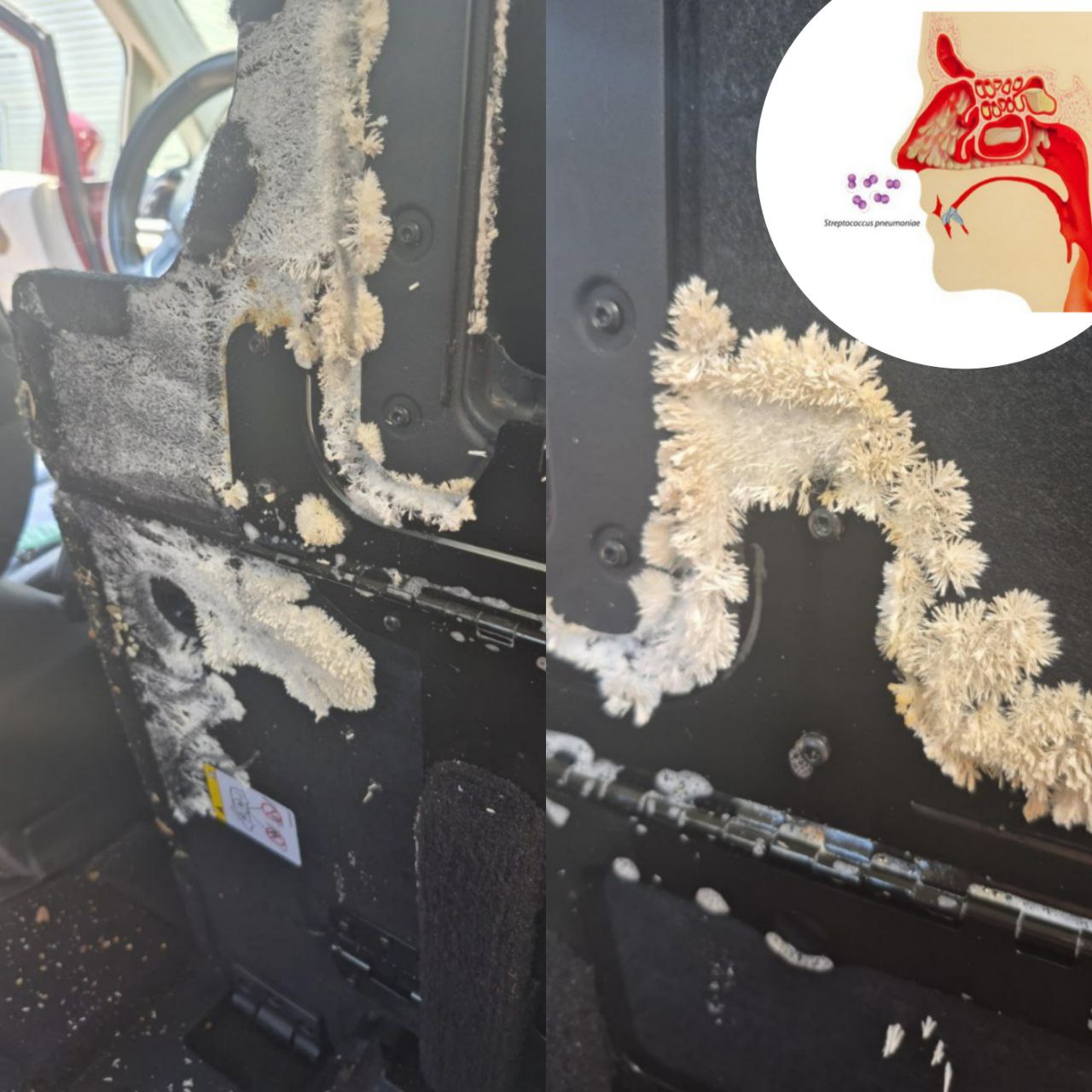What began as routine cleaning turned into a troubling discovery for one Chrysler Pacifica owner. Beneath the hidden floor compartment of his vehicle—an area rarely seen and even less frequently cleaned—he found what looked like a spreading white substance, delicate yet structured, almost resembling coral or frost. It wasn’t just dirt or dust. It was something stranger.
He had lifted the floor panel to vacuum underneath the Stow and Go seats. What he saw stopped him. A strange white growth, brittle and fibrous in texture, was forming along the frame and around the carpeted seams. At first glance, it resembled mold. But the truth was more surprising and far less harmful than he initially feared.
The Forgotten Spill and Its Consequences
More than a year earlier, during a long trip, he had spilled nearly half a bottle of Listerine beneath the floor panel. He cleaned up what he could and assumed the job was done. But as time passed, conditions under the floor created an environment ripe for a chemical transformation.
Listerine, a common mouthwash, contains compounds such as ethanol, eucalyptol, menthol, and methyl salicylate. These ingredients, when mixed with salt and moisture, can lead to crystallization. And in Pennsylvania, where winters coat roads with deicing salt, the probability of salt being carried into the vehicle is extremely high.
As it turns out, what the vehicle owner discovered was not mold, but a salt-based crystallized deposit. According to several online communities and individuals with backgrounds in chemistry and auto detailing, the appearance matched the formation of calcium acetate or sodium chloride crystals.

How Salt Crystals Form in Enclosed Spaces
The process is gradual but understandable. Road salt, combined with residual moisture and an organic compound like Listerine, creates a saline solution that, when trapped in a low-airflow environment such as beneath the floor of a vehicle, begins to evaporate unevenly. As it dries, crystals begin to form, attaching themselves to the metal or fabric they encounter.
The structure of these crystals can appear fibrous, like mold, leading many to misdiagnose the issue. However, there are key differences between mold and crystal formations:
- Texture: Mold is soft and spreads with a fuzzy appearance. Salt crystals are brittle and granular.
- Odor: Mold carries a musty, organic smell. Salt crystals typically do not emit any odor.
- Reaction to water: Salt crystals dissolve easily in warm water. Mold will smear or remain embedded.
:max_bytes(150000):strip_icc()/close-up-of-rock-salt-against-white-background-121917985-57f11e8e5f9b586c35fd9221.jpg)
Identifying and Addressing the Issue
To confirm the nature of the growth, the owner tried to clean the affected area using common household cleaners including foaming disinfectants, hydrogen peroxide, and mechanical scrubbing with a drill brush. The white matter returned after a day, appearing even more prominent. This recurrence is common with salt crystals because the source of the problem—residual moisture and salt—is often left behind during initial cleaning.
Experts suggest that the following steps are necessary to fully eliminate the problem:
- Remove Floor Components
Lift the floor panel and any attached insulation or foam where the growth is found. - Vacuum All Loose Debris
Use a wet/dry vacuum to remove dust, salt particles, and crystal fragments. - Apply Warm Water and Mild Detergent
Mix water with white vinegar or a gentle car-approved cleaning solution to dissolve and remove remaining residue. - Thoroughly Dry the Area
This step is essential. Use fans, towels, or a dehumidifier to ensure all moisture is eliminated. Leaving the area damp will allow crystal regrowth. - Replace Contaminated Foam
If insulation or padding beneath the floor is saturated or damaged, it should be replaced to prevent further problems. - Prevent Future Occurrences
Keep the interior dry. Avoid trapping snow or rainwater inside the car. Clean up all liquid spills immediately and leave compartments open to air dry.

The Difference Between Mold and Chemical Residue
While mold poses potential health risks such as allergies or respiratory irritation, salt crystals generally do not. However, their appearance can be alarming and their presence—especially when left untreated—can contribute to corrosion or degradation of materials over time.
In this case, the panic was short-lived. Upon closer inspection, the lack of a musty smell, the hard crystalline texture, and the fact that the substance dissolved in water confirmed it was a chemical deposit, not biological growth.
Verified Cleaning Products and Methods
When dealing with similar cases, these products are often recommended:
- White vinegar solution – Effective at dissolving salt buildup and safe for most interior materials.
- Concrobium Mold Control – Though unnecessary for crystal removal, this product is ideal for verified mold remediation and is free of bleach and ammonia.
- Automotive carpet and upholstery cleaners – Help remove stains and lingering residues after physical removal of crystals.

A Lesson for All Car Owners
This incident highlights the importance of inspecting and maintaining even the hidden areas of a vehicle. While most people clean visible surfaces, few consider the compartments beneath floor panels or under seats. Moisture, road salt, and forgotten spills can create strange and unexpected results—even in vehicles kept relatively clean.
If you live in a region where deicing salts are common, it’s worth taking time to inspect your vehicle’s interior after winter. Pay close attention to any unusual textures or formations, particularly if you’ve had a spill in the past. Prevention is the most effective solution, and early action can save you time, stress, and potential damage to your vehicle.
Sources
- reddit discussion identifying calcium acetate crystals
- Concrobium Mold Control product info from The Home Depot
- Guide on how to remove white residue from vehicle interiors – WashLab.io
- BigsMobile guide on interior cleaning for vehicles
- Westchester Detailing professional mold removal advice
